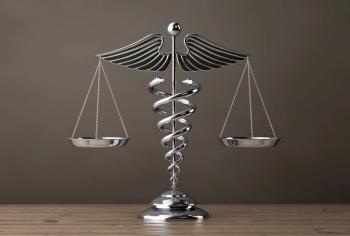
Care needs continue for some COVID patients months after initial infection
Study highlights ongoing demands on health care organizations’ resources
Many patients with
The nationwide study compared outcomes and health care use between about 128,000 patients of all ages who tested positive for COVID-19 and a similar number who tested negative for the disease during eight months in 2020. Patients in the two cohorts were matched for age, gender, race, ethnicity and the date of their COVID test. Participating patients were drawn from eight large integrated health care systems.
The study showed that COVID-19 was associated with a 4% increase in health care use over a six-month period after the acute stage of the infection, with most of the increase taking place in the form of
Among 44 established post-COVID condition (PCC) diagnosis categories, 24 were significantly associated with the disease at six months after its acute stage. Apart from the lingering effects of COVID itself, the most common PCC-associated health care encounters among adults were alopecia, bronchitis, pulmonary embolism or deep vein thrombosis (PE/DVT) and breathing difficulties. For children the reasons included PE/DVT, irregular heartbeat, breathing problems and ear, nose and throat disorders.
“This study showed us that…a substantial amount of health care utilization occurs in the six months following the acute stage of SARS-CoV-2 infection, which highlights the potential for COVID-19 to exert an ongoing demand on health care organizations,” Sara Y. Tartoff, PhD, a lead author and epidemiologist with the Kaiser Permanente Southern California Department of Research & Evaluation said in an accompanying news release. “A 4% increase in encounters applied across a large population is a large number of visits associated with substantial cost,” she added.
The authors say data from their study can help health care institutions plan how to allocate their resources to meet the additional care requirements of patients for the six months following COVID infection.
The study, “Health Care Utilization in the 6 Months Following SARS-CoV-2 Infection” was published August 12 in JAMA Network Open.
Newsletter
Stay informed and empowered with Medical Economics enewsletter, delivering expert insights, financial strategies, practice management tips and technology trends — tailored for today’s physicians.








